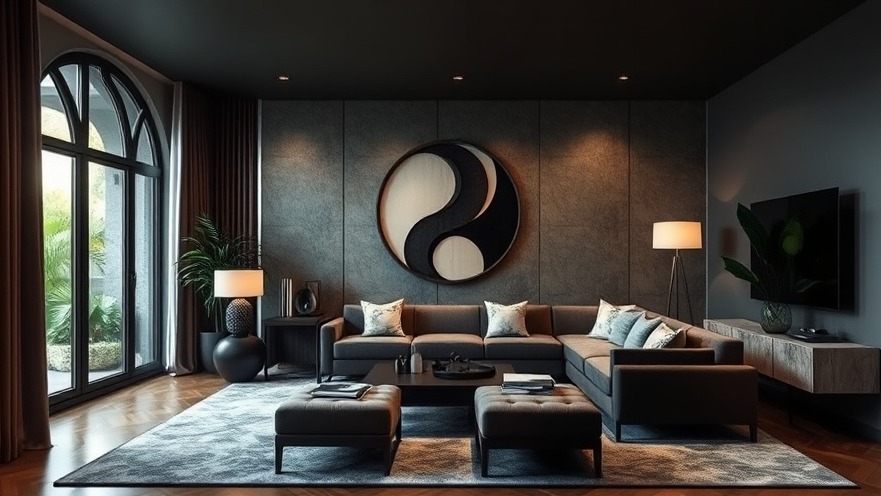
Illuminating the Heart of the Home: The Role of Light in Design
Light is not just a necessity; it is a transformative element in interior design. The way natural and artificial light interacts with colors, textures, and materials can dramatically alter the perception of a space. When planning your home interiors, understanding how light behaves in different rooms is essential for creating a welcoming environment. For instance, a **minimalist living room** benefits from ample natural light, emphasizing clean lines and open spaces. Conversely, a **Scandinavian interior** design can harness soft lighting to promote warmth, even in small, sun-deprived areas.
Shadows: The Unsung Heroes of Interior Design
While we often focus on light, shadows play a crucial role in the aesthetic of any room. They can create depth and interest, giving a flat surface a dynamic look. In **modern interior design**, incorporating shadows can evoke feelings of tranquility and artfulness. For example, strategically placed furniture or décor can cast interesting shadows that enhance the beauty of your space, especially during the evening when ambient lighting sets the mood.
Creating Balance: The Yin and Yang of Light and Dark
True style in interior design lies in the balance between light and dark elements. This harmonious arrangement not only enhances visual appeal but also impacts the mood within a space. When decorating a **living room**, it's vital to consider color choices; darker shades paired with lighter hues can unite disparate elements into a coherent design. For homeowners, experimenting with contrast—such as pairing **Art Deco interior design** elements with modern pieces—can lead to a stunning visual statement.
Adventures in Layering Light
Layering light is an essential technique in **home interior design**. It involves combining different types of lighting—ambient, task, and accent—to create a versatile living environment. For your **bedroom interior**, consider using bedside lamps for task lighting, layered with ambient overhead lights and accents like fairy lights or artwork spotlights. This approach allows homeowners to customize the atmosphere according to their mood and activities.
Practical Tips for Homeowners: Adapting Designs to Your Lifestyle
As families consider their unique needs, it’s important to customize lighting solutions. Use dimmers in areas that require flexibility, such as the **kitchen interior** or **office interior**, where different tasks demand varying light intensities. Consider color temperature as well; warmer lights can enhance relaxing spaces, while brighter, cooler tones are great for active areas. Homeowners can also visit **interior design websites** for inspiration and practical advice tailored to their home’s layout.
Embracing Local Inspiration: Trends in Hampton Roads
In the greater Hampton Roads area, local styles run the gamut from contemporary to coastal chic. Embracing elements that reflect the surrounding environment can enhance your home's character. For example, a **rustic interior design** featuring reclaimed wood contrasts beautifully with the coastal aesthetic, creating a warm, inviting ambiance. Homeowners can find creative ideas in local shops that highlight these unique styles.
Ultimately, mastering the interplay of light and shadow in **interior decoration** guides homeowners in crafting spaces that are not only stylish but also functional. Whether opting for **modern house interior** designs or more traditional styles, understanding how these elements work in tandem can lead to transformative designs.
Contact Us for recommendations in the greater Hampton Roads area. #ElevateHamptonRoadsLiving #EHRL #AlchemyMediaHub
 Add Row
Add Row  Add
Add 



Write A Comment